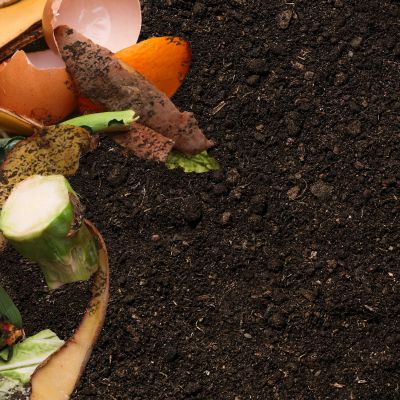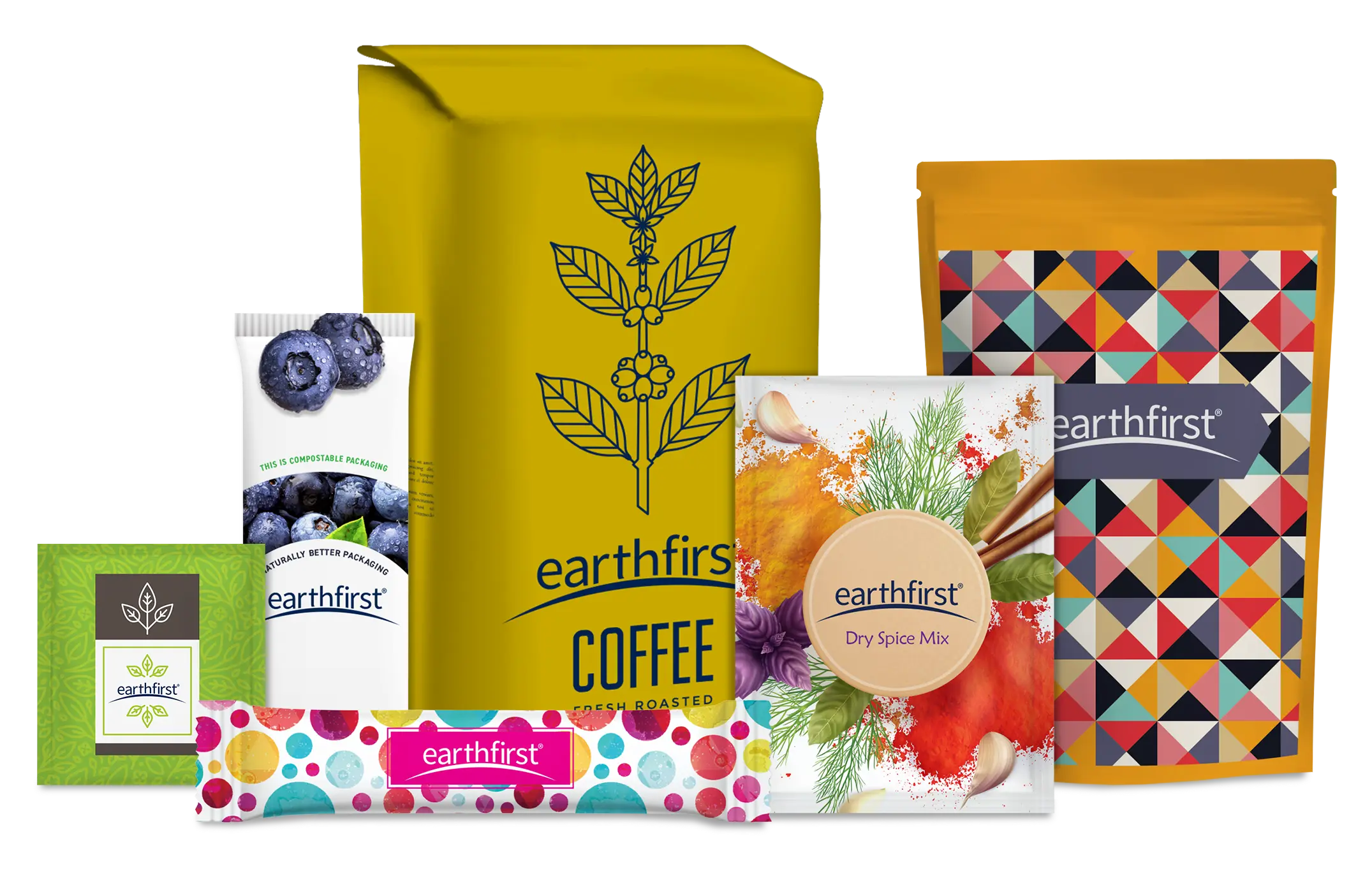
Unlocking Home Composting Potential with Earthfirst® Sustainable Packaging
Unlocking Home Composting Potential with Earthfirst® Sustainable Packaging
Integrating organic waste into gardening and agricultural practices not only boosts yields and drought resilience but also captures significant amounts of carbon. Recognizing composting as a potent method for carbon reduction and sequestration, Earthfirst® has introduced certified home-compostable films and laminates to revolutionize product packaging and environmental sustainability.
According to Project Drawdown, every million metric tons of decomposing organic waste releases 469 metric tons of methane, a potent greenhouse gas. Composting reduces these emissions by over 50%, turning waste into a valuable soil enhancer.
Traditionally, only paper, wood, yard waste, and food products could decompose effectively in home compost bins. Recently, Earthfirst® has pioneered a range of sustainable biopolymer films and laminates that associate high performance and independent certification for home-compostability, offering effective customizable packaging solutions with minimal environmental impact.
Get a Sustainable Packaging Quote
Can You Really Compost Plastic? With Earthfirst®, you can.
Earthfirst®'s biopolymer films and laminates are derived from annually renewable plant matter -as opposed to a material like wood pulp, which requires years to re-grow- ensuring compatibility with composting processes.
Unlike petroleum-based plastics, Earthfirst® packaging breaks down naturally, as the soil microbes that power the composting process recognize and break apart the polymer bonds of discarded Earthfirst® packaging, preventing the release of toxins into the environment.

A visual representation of some of Earthfirst's compostable packaging solutions
TÜV Austria, setting rigorous sustainability standards since 2003 which the EU also follows, has certified selected Earthfirst®'s packaging products as home compostable. This certification underscores Earthfirst®'s commitment to environmental responsibility.
Reducing Carbon Footprint through Composting
Composting aligns with circular economy principles, reusing waste to create new resources and reducing overall carbon footprints. On a macro level, one of the most robust studies on organic farming monitored a group of organic farms that compost heavily versus a group of farms based on conventional agriculture. This was The Rodale Institute Farming Systems Trial 1981-2005.
“In addition to yield and economic benefits, environmental benefits of organic agriculture potentially include enhanced sequestration of carbon in the soil, in addition to less nutrient leaching into groundwater than in conventional agriculture,” the study states.
In the corn and soybean farms the Rodale survey studied, the heavily composted fields of soybeans and maize had similar yields each year to the conventional farms, and out-performed them during drought years.
Composting not only promotes energy efficiency and sustainable agriculture but on the individual level also fosters localized waste management, all of which contribute to lower carbon emissions.
By diverting organic waste from landfills, composting reduces methane emissions and enhances soil health, facilitating further carbon sequestration. This aligns with global initiatives like the United Nations Sustainable Development Goals, particularly those focusing on responsible consumption and production
How to Start Composting Earthfirst® Sustainable Packaging at Home
Consumers can initiate composting in their own yards with Earthfirst®'s compostable packaging. After use, Earthfirst® home compostable films and laminates can be added to compost heaps alongside other organic waste, facilitating waste consolidation and management.
Here’s a reference to get a compost pile started if you’re new to the practice:
|
Select a Spot |
Choose a dry, shady spot near a water source for your compost pile or bin |
| Start with Twigs |
Lay a few inches of twigs or straw first. This bottom layer aids drainage and helps aerate the pile. |
| Alternate Layers |
Green Materials: Add your green waste (vegetable scraps, coffee grounds, grass clippings) which are rich in nitrogen. Brown Materials: Follow with brown waste (dry leaves, branches, paper, Earthfirst® compostable packaging) which are high in carbon. Aim for a brown-to-green ratio of about 3:1 by volume. |
| Maintain Moisture | Your compost should be moist, but not soaked. Sprinkle water if it's dry or add more brown materials if it’s too wet. |
| Turn the Pile |
Every week or so, turn the pile with a shovel or pitchfork to aerate it, which speeds up the composting process. |
| Size Matters |
For optimal activity, maintain the pile at a minimum of 3 feet high and wide. This size helps retain the heat generated by the composting process. |
| Chop for Speed |
Cutting larger items into smaller pieces will help them break down faster. Gathering and hauling out the pieces in discarded Earthfirst® packaging can help keep the process tidy. |
| Avoid Meat and Dairy |
These items can attract pests and create odor problems. Stick to plant-based scraps only. |
| Monitor Progress |
A properly maintained compost pile should be ready in 3 to 6 months. You'll know it's done when the material at the bottom is dark, rich, and crumbly. |
With Earthfirst®'s sustainable packaging and composting practices, individuals can play a significant role in reducing carbon emissions and promoting environmental sustainability.
Home Composting Resources: